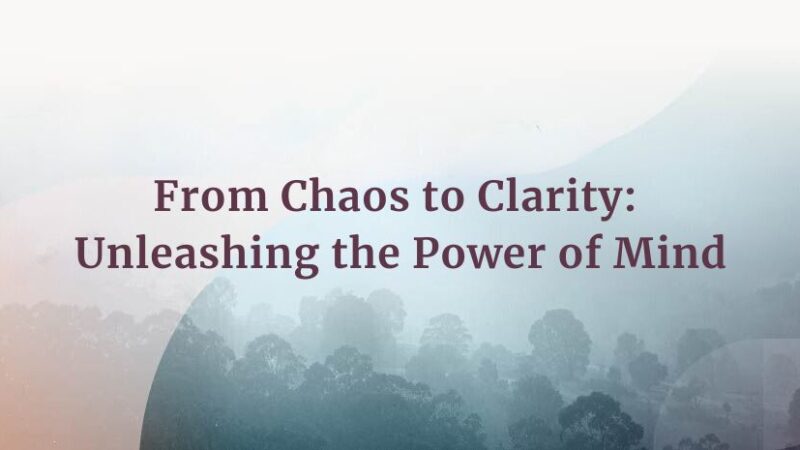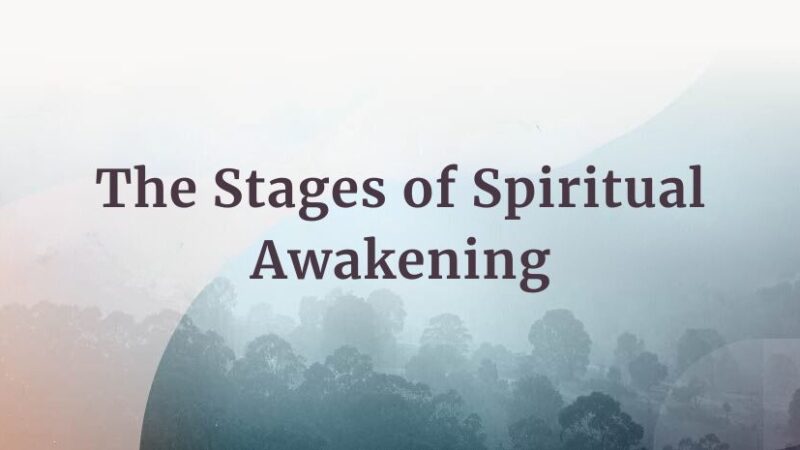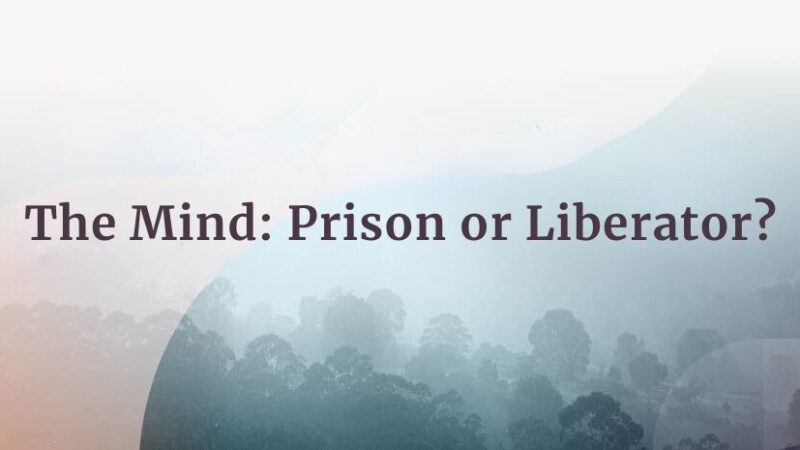BOOKS TO SOOTHE YOUR SOUL

Raising Resilience by Christopher Willard, PSYD
In every spiritual tradition, we find teachings on the virtues and qualities that we most want to pass on to our kids—such as generosity, kindness, honesty, determination, and patience. Today, a growing body of research from neuroscience and social psychology supports these teachings, offering insights into cultivating these virtues in ourselves and in our families. Raising Resilience is a practical guide for parents and educators of children from preschool through adolescence, detailing ten universal principles for happy families and thriving children.

It’s Ok That You’re Not OK by Megan Devine
In It’s OK That You’re Not OK, Megan Devine offers a profound new approach to both the experience of grief and the way we try to help others who have endured tragedy. Having experienced grief from both sides—as both a therapist and as a woman who witnessed the accidental drowning of her beloved partner—Megan writes with deep insight about the unspoken truths of loss, love, and healing. She debunks the culturally prescribed goal of returning to a normal, “happy” life, replacing it with a far healthier middle path, one that invites us to build a life alongside grief rather than seeking to overcome it.

The Complete Peaceful Warrior’s Way by Dan Millman
For millions of readers, Dan Millman’s Way of the Peaceful Warrior has ignited life-changing shifts. And in the decades since he wrote this iconic book, his work continues to evolve. In this in-depth audio learning program, Dan shares the full scope of his insights and tools for those seeking practical wisdom leading to a peaceful heart and warrior’s spirit.
How to Consciously Live the Peaceful Warrior’s Way—a Spiritual Path in the Modern World.
Looking for some eye and ear inspiration?

TO ENTER: Simply reply in the comments with why you’d like to win! We’ll select two winners by 10/31.










